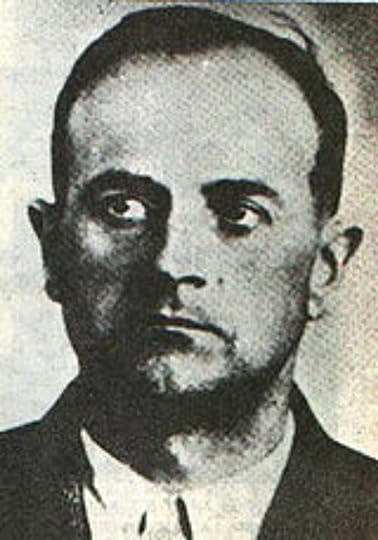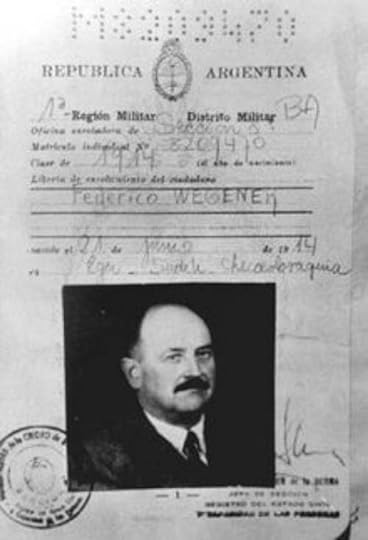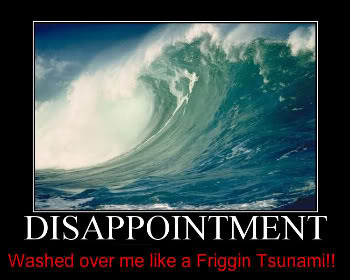What do you think?
Rate this book


334 pages, Mass Market Paperback
First published September 1, 1972




”For the last year of the Biafran War I was sending... both journalistic reports to the media and other reports to my new friend” [refering to the intelligence officer who approached him to report back about the truth of the situation regarding the death of children during the civil war] “The Foreign Office was denying that there were any dying children and they were passionate in supporting the dictatorship in Lagos, and it was, oddly enough, MI6 that had a different viewpoint.”
“The world is becoming very technically complex. I can’t understand half of it...
...The way GCHQ do it now, the way they are listening to half a snatched conversation in Yemen; the way a man in Nevada can steer a drone into a car containing a top ISIL man and he is gone in a puff of smoke perceived by none in the middle of nowhere... it is a new warfare beyond me, and past me. I am another generation.”
“…let’s think manhunt… Nazis… manhunt… Eichmann… been done, done to death, can’t make a novel on Eichmann, ten years ago, let’s try something different…
…a story about a notorious and savagely brutal Nazi camp commandant, who has disappeared after 1945… a hunt for his is being carried out, not by the Jews or the West German authorities, but by one single [German] reporter, an investigative reporter… he’s just so utterly horrified by what his forefathers did that he decides to hunt the man down himself.”















"มึงยังมีหน้า ไอ้หน้าด้านๆนั่นแหละ มาบอกกูว่ามึงเป็นเยอรมันรักชาติ
กูจะบอกให้ว่ามึงเป็นอะไร มึงและพวกเหี้ยๆของมึงเคยเป็นและยังเป็น
พวกชั่วชาติที่สุดที่เคยผุดจากแหล่งเสื่อมโทรมของประเทศนี้
มึงได้ทำให้ประเทศของกูแปดเปื้อนความโสมมของมึง
อย่างที่ไม่เคยมีมาก่อนเลย ประวัติศาสตร์ของพวกเราต้องสกปรก"
:-ขออภัยในความไม่สุภาพ แต่เขาแปลมาแบบนี้จริงๆ